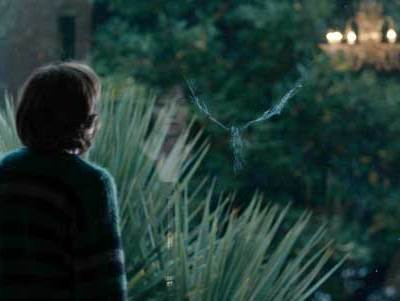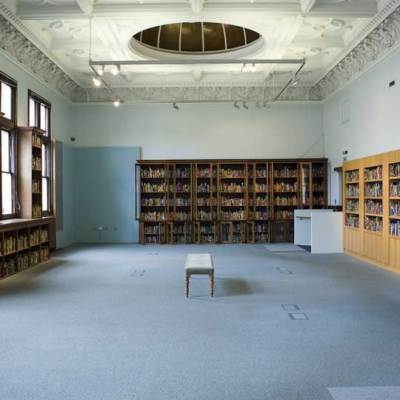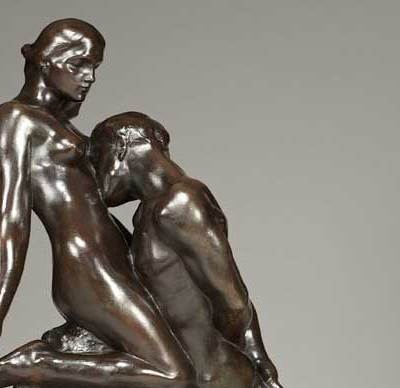What do we mean by ‘connoisseurship’ these days? The term has had negative connotations since at least the 17th century; as long, essentially, as academics, collectors and dealers have prided themselves on possessing this quality. Yet, it also denotes a fêted attribute that any self-respecting art lover would wish to have.
A lively and thought-provoking conference and webinar at the Paul Mellon Centre on Friday 2 May, ‘The Educated Eye: Connoisseurship Now’ considered this thorny question. Speakers with varied and eclectic backgrounds brought perspectives from the realms of art museums, print collections, art funding, academia, dealerships, auction houses, and conservation.
There was both agreement and disagreement on fundamentals. Is there a ‘crisis’ in connoisseurship now? Are universities churning out students without the crucial skills needed to assess and appreciate works of art? Do museums need traditional connoisseurship to tell the stories that are now important to audiences? What does the increasing use of scientific analysis mean for the authority of the connoisseurial eye? And does commercial intent render connoisseurship in the art trade suspect?
More from Apollo: Danielle Thom on curators, connoisseurship and the art of looking
The issue that emerged clearly was the fundamental question of what we mean by ‘connoisseurship’ at all. In his opening remarks, Mark Hallett (Director of Studies at the PMC) described it as a ‘notoriously slippery term’, Bendor Grosvenor (Director of Philip Mould & Company) described how some now refer to it as ‘the C word’, and Stephen Deuchar (Director of the Art Fund) highlighted the negative connotations caricatured in ‘both actual and metaphorical white gloves, monocles and glasses of port’ (to paraphrase slightly). Liz Prettejohn (Head of Department at the University of York) put the emphasis on separating such ‘old’ connoisseurship from the new skills required by students.
‘New’ connoisseurship, then, is a maintained emphasis on close looking, and a commitment to focusing on what can be learnt from the object itself, irrespective of context and documentation. Bendor Grosvenor referenced Ben Street’s article for Apollo’s Muse Room in April, which argued for the importance of experts maintaining contact with objects, in the way that gallery educators do. So, object knowledge, perhaps, needs separating out from the technical elements of attribution, and the more ‘mystical’ claims of aesthetic judgement.
Yet, Martin Myrone (Lead Curator, pre-1800 British Art at Tate) argued that connoisseurial skills do not really answer the interesting questions for museums, highlighting a continued tension with the ‘new’ art history expounded in the 1990s by David Solkin, John Barrell et al. What matters to exhibition makers and their audiences, Myrone argued, is not whether or not a painting is by Gainsborough but how it has and hasn’t come to be a Gainsborough over its lifetime: the interesting stories that history can tell.
I was particularly struck by a comment by Stephen Deuchar about academic connoisseurship hiding under the mantle of material culture these days. Yet a contrasting point by Spike Bucklow (Senior Research Scientist at the Hamilton Kerr Institute) highlighted how reading a scientific image also requires ‘connoisseurial’ skills, although we would never give them that name. Perhaps, then, if there is a ‘crisis’ in connoisseurship it is intrinsic to the expansion of art history to consider other types of object and image. These still require close looking, but not the ‘mystical’ aesthetic judgement and it’s history in the discipline. Do we all really agree on what skills we need to do art history, but not on what to call them?
Both from our speakers and their subject, personality emerged for me as key to the day. The mantle of authority both as a ‘connoisseur’ and as a commentator on such a person’s validity rests in the marriage of knowledge and persuasive communication; in the mixing of the subjective and the objective, not so different really from an appealing gallery educator or exhibition text. Repeatedly, discussion came back to the need for collaboration to keep these elements in balance. The brilliance of the Paul Mellon Centre is not just in creating such discussions, but also in making them available to a wider audience as a webinar. So why not have a listen and join the conversation on what you think is important for connoisseurship now.
Related Articles
Look closer: what art historians can learn from museum education (Ben Street)
Curators, connoisseurship and the art of looking (Danielle Thom)




